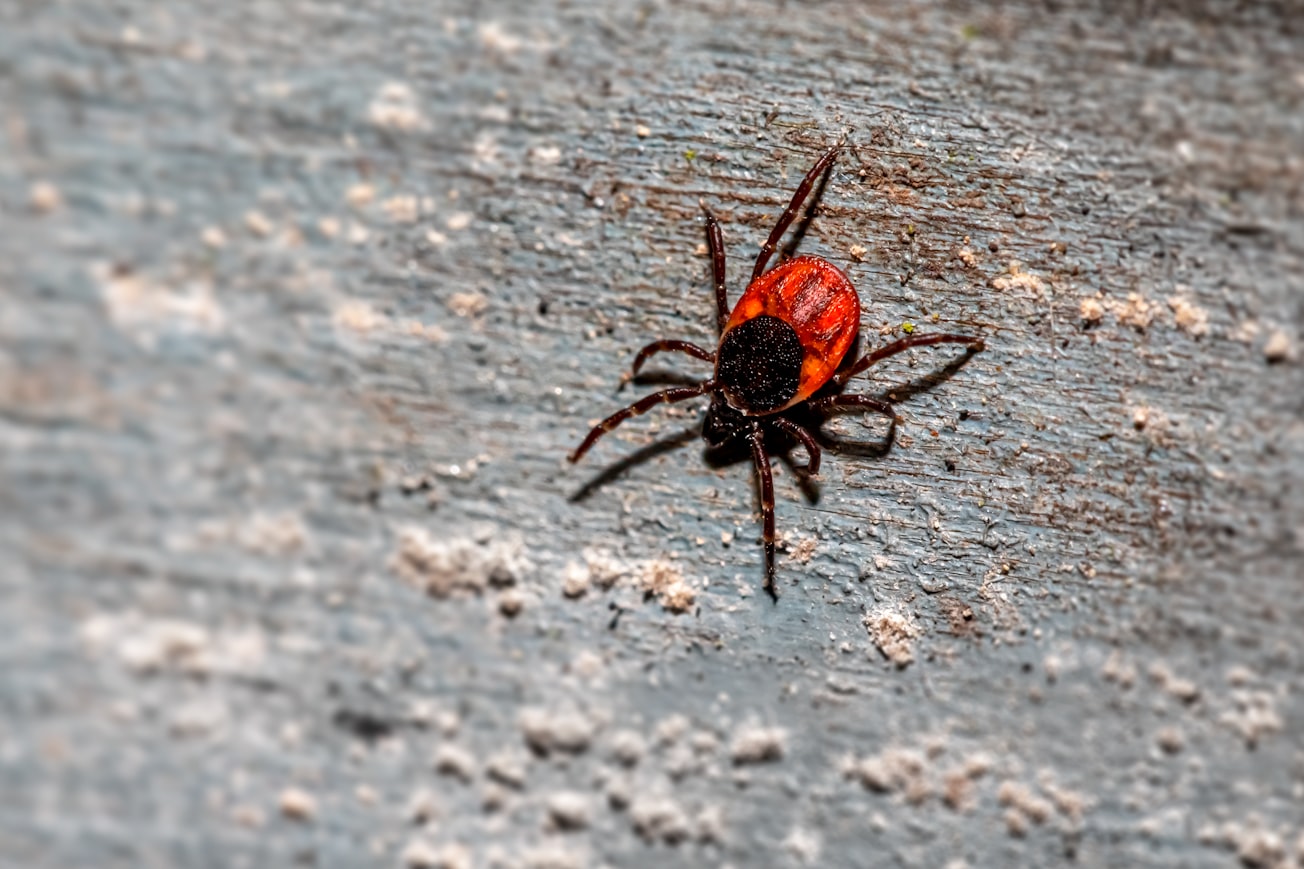What is it about?
In this paper we review mathematical models of tick borne infections and look at how they have developed over time. We then go on to look at how they are likely to change in the future and look at the use of a dynamic GIS model to predict changes in tick density across Scotland in response to climate change.
Featured Image

Photo by Erik Karits on Unsplash
Why is it important?
Tick borne diseases are increasing globally and can infect both animals and humans. Understanding how they spread and how the risks might change in the future is very important both for economic and public health reasons. Mathematical models can give us a good understanding of the important factors in how ticks spread infection. In this paper we review previous work in this area and make predictions about what sort of models we might expect to see in the future.
Read the Original
This page is a summary of: Past and future perspectives on mathematical models of tick-borne pathogens, Parasitology, December 2015, Cambridge University Press,
DOI: 10.1017/s0031182015001523.
You can read the full text:
Resources
Contributors
The following have contributed to this page







